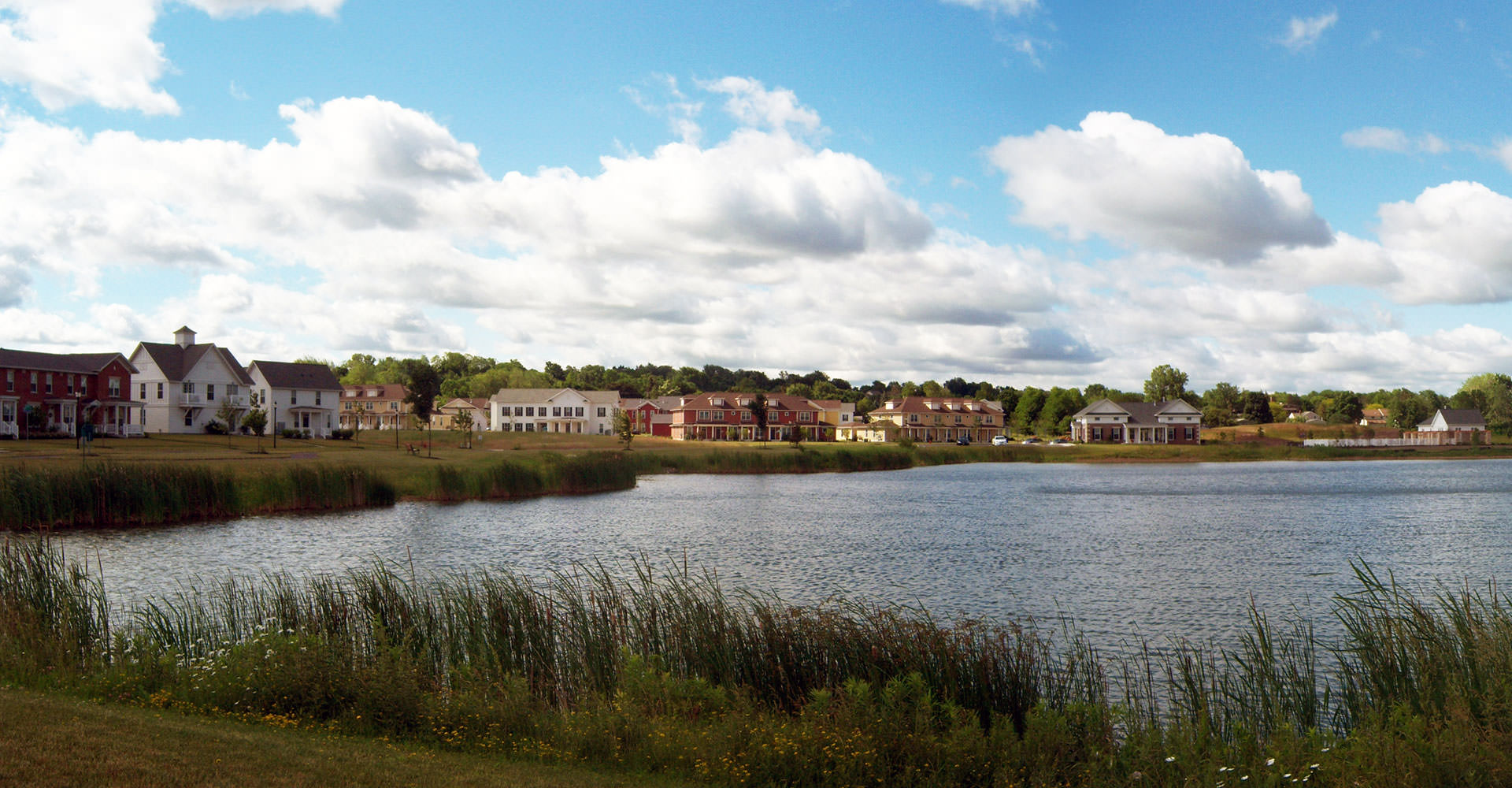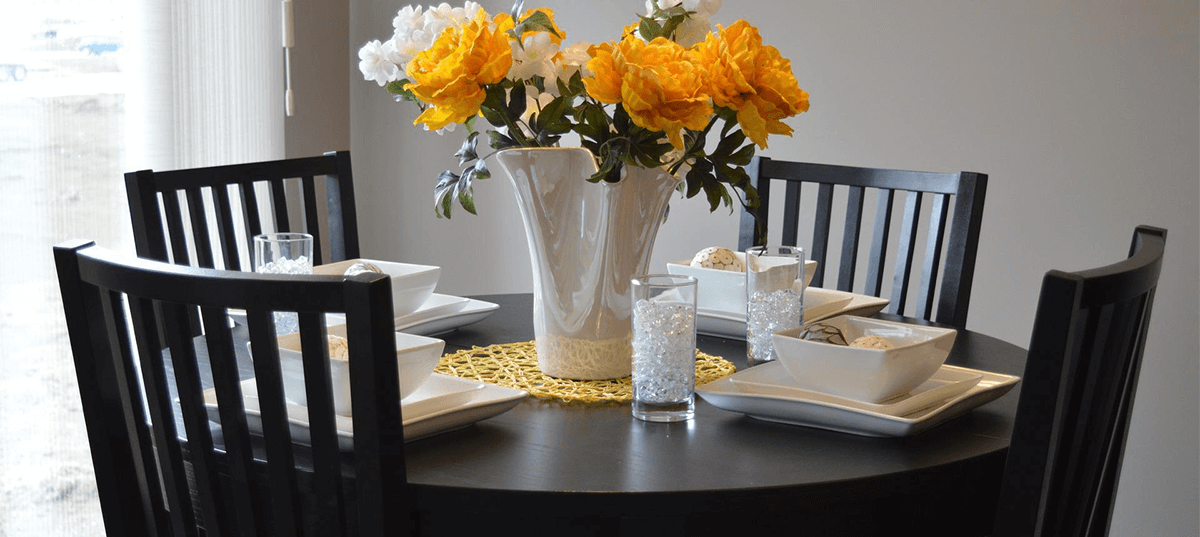What Dining Table Shape is Right for You?
June 2022
Square, round, oval, rectangle… these are the most common shapes you’ll find in dining tables. So, why exactly would you choose one shape over another? Why do tables even come in different shapes. Since a dining table can be a considerable investment, we unpack the benefits of each shape and help you choose the one that’s best for you.
Rectangular
The most common dining table shape is the rectangle and for good reason. Most rooms are rectangles. It’s also a good shape if you want to seat more than four people and not have them be too far apart from each other. That allows for better conversation. Ideally, a rectangular table should be between 36 and 42 inches wide. Anything less or more than that and you’ll have issues finding a table cloth and fitting people. If you want a rectangular table but feel it might be a tight fit, you can use long benches instead of chairs. They take up less space and make it easier to walk around the outside of a table.
Square
While a square table is great for a square room, they’re also great for small groups. If you’re seating four people or less, they take up less space than a rectangular table. Square tables also offer more intimacy because everyone at the table is closer. If you get one with a leaf that can turn it into a rectangular table, you can have the best of both worlds.
Round
Like a square table, round tables are great for smaller rooms and smaller gatherings. They offer two unique traits. They allow everyone at the table to see and converse with each other, and they feel casual because there is no head of the table.
Oval
The best thing about an oval table is that they create a unique visual interest. While similar to rectangular tables, their rounded corners create the illusion that they occupy less space. This can be helpful if your room can’t comfortably accommodate a rectangular table. The main downside is that they provide less surface area for dishes or diners than a rectangular table.
Table-to-Wall Clearance
When estimating what size table a room can comfortably accommodate, plan on leaving 42 to 48 inches of space between the table and any walls. This allows adequate space for chairs and people to walk by.

